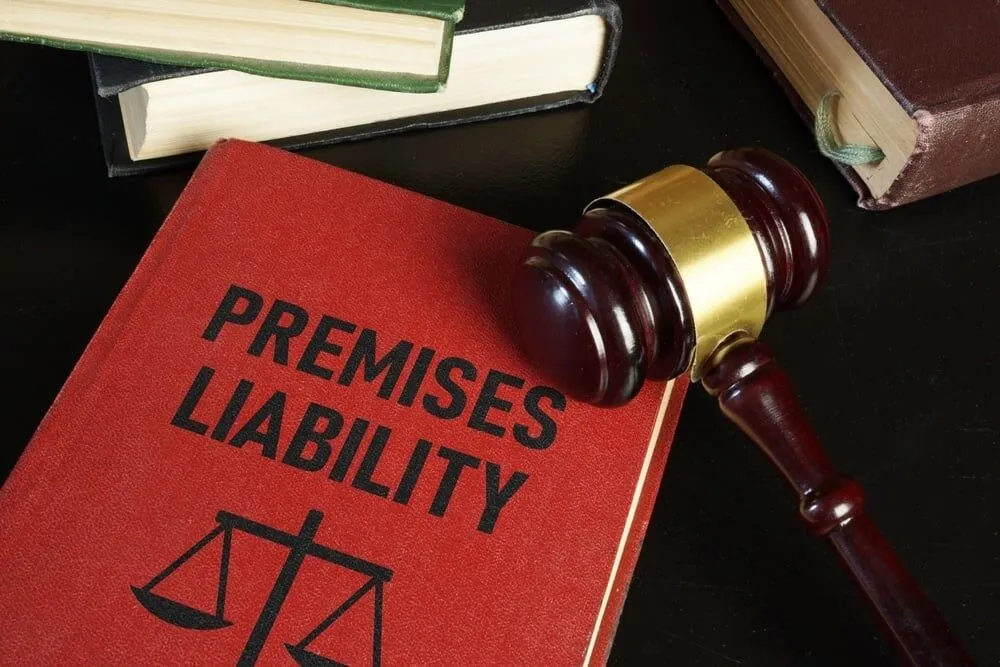If you have suffered an injury because of someone else’s negligence, you may be eligible for compensation for your losses. But how do you get the money you deserve without going to court? The answer is settlement negotiation with the help of a personal injury attorney.
What Does a Settlement Mean in a Personal Injury Case?
A settlement is an agreement between you and the person or company that caused your injury. You agree to give up your right to sue them in exchange for a lump sum of money that covers your damages. A settlement can help you avoid the uncertainty and expense of a trial, and get your money sooner. A settlement can include compensation for damages such as:
- Medical bills
- Future medical care
- Lost income
- Pain and suffering
- Emotional distress
- And more
Negotiating a personal injury settlement is not a simple task. You need to follow some steps to make sure you get a fair settlement amount. Here are the main steps involved:
1. Hire a Personal Injury Lawyer to Represent You
The first thing you should do is consult with an experienced personal injury lawyer who knows how to handle injury cases. A lawyer can assist you with every step of the negotiation process, from collecting evidence to writing a demand letter to dealing with the insurance adjuster. A lawyer can also protect your rights and fight for the best possible outcome for your case.
2. Collect Evidence and Documents:
To prove your case, you need to gather all the evidence and documents that show how the injury occurred, who was liable, and how it affected your life. This may include medical records, police reports, receipts, witness statements, photos, etc.
3. Estimate Your Damages and Claim Value:
Next, you need to figure out how much money you should demand in your settlement. Your lawyer will help you estimate the value of your claim by looking at factors such as medical expenses, future medical needs, lost wages, pain and suffering, emotional distress, etc.
4. Write a Demand Letter:
After you have all the evidence and numbers, your Louis W. Grande Injury Lawyer will write a demand letter to the other party or their insurance company. The demand letter will explain your case, including the facts, liability, damages, and the amount of money you want. The demand letter will show the other party that you have a strong case and that you are serious about getting compensated.
5. Begin Negotiating Your Personal Injury Settlement:
Once you send the demand letter, the negotiation process begins. The other party or their insurance company will review your demand and respond with a counteroffer. You and your lawyer will then exchange offers and counteroffers until you reach an agreement or decide to go to court.
6. Use Negotiation Strategies:
During the negotiation process, both sides will try to use different strategies to get a better deal. This can include: Presenting more evidence, making legal arguments, using persuasive techniques, etc. You need to have an experienced lawyer on your side to handle these strategies and make sure you don’t settle for less than you deserve.
7. Consider Mediation or Alternative Dispute Resolution:
If you can’t reach a settlement through direct negotiation, you may consider other ways to resolve your dispute without filing a lawsuit or going to court. One of these ways is mediation, which is when a neutral third party helps you and the other party find common ground and agree on a settlement. Mediation can be a good option if you want to save time and money and keep control over the outcome of your case.
8. Evaluate Settlement Offers:
Throughout the negotiation process, you and your Louis W. Grande Injury Lawyer in Providence, RI will carefully evaluate any settlement offers you receive. You need to weigh the pros and cons of each offer and compare it to the value of your claim and the chances of winning at trial. Your lawyer will advise you on whether to accept, reject, or counter an offer, but the final decision is yours.
9. Sign a Settlement Agreement:
If you and the other party reach a settlement, you will need to sign a settlement agreement. This is a legal document that outlines the terms and conditions of the settlement, such as the amount of money, the payment method, and the release of liability. Once you sign the settlement agreement, you cannot change your mind or sue the other party for the same injury. Therefore, you should review the agreement carefully and make sure you understand everything before signing it.
10. Receive Your Settlement Check:
After you sign the settlement agreement, the other party or their insurance company will send you a settlement check. This may take a few days or weeks, depending on the agreement. Once you receive the check, you will need to pay your lawyer’s fees and any outstanding medical bills or liens. The rest of the money is yours to keep.
Going through a settlement negotiation can feel overwhelming and nerve-wracking, especially when you are dealing with a personal injury. However, it can also be a satisfying and beneficial experience if you achieve a fair and favorable outcome that compensates you for your damages and losses.




